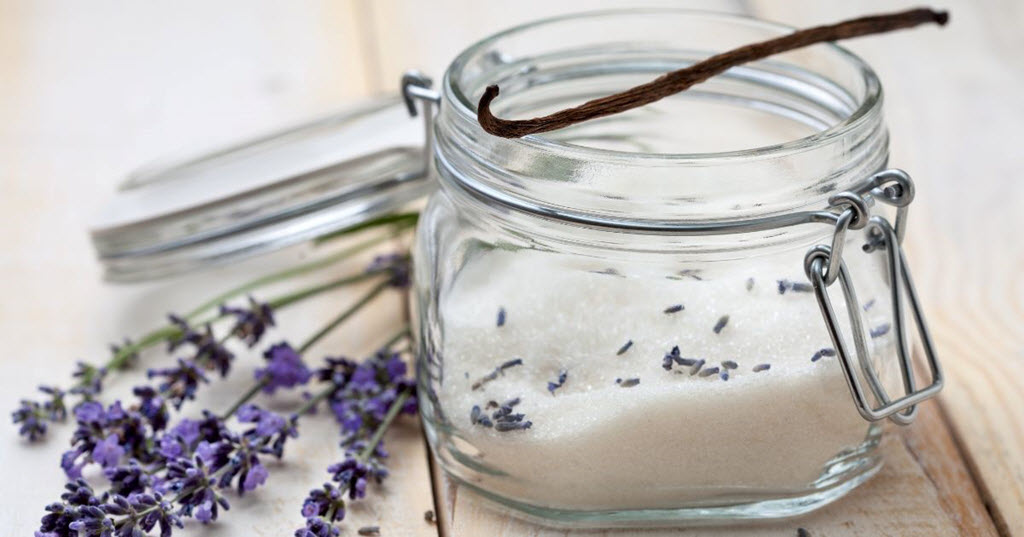
Lavender, with its vibrant purple blooms and soothing fragrance, is a versatile herb that has been used for centuries in various culinary creations. While lavender is often associated with its aromatic and therapeutic properties, it also lends a unique flavor and aroma to dishes when used in cooking. In this blog post, we'll explore the art of cooking with lavender, from selecting the right variety to incorporating it into delightful recipes that will tantalize your taste buds.
Selecting the Right Lavender
Before you embark on your lavender culinary journey, it's essential to choose the right type of lavender. English lavender (Lavandula angustifolia) and French lavender (Lavandula stoechas) are the most commonly used varieties for cooking. These varieties have a sweeter and more delicate flavor profile compared to others.
Culinary Lavender: Ensure that the lavender you use is specifically labeled as "culinary lavender" or "food-grade." This ensures it's free from pesticides and chemicals commonly found in ornamental lavender.
Fresh vs. Dried: Both fresh and dried lavender can be used in cooking. However, dried lavender is more potent, so you'll need less of it compared to fresh lavender. A good rule of thumb is to use one-third the amount of dried lavender if a recipe calls for fresh.
Culinary Uses of Lavender
Lavender adds a subtle floral and slightly sweet flavor to dishes. Its unique taste pairs well with a variety of ingredients, from sweet to savory. Here are some culinary uses for lavender:
Baking: Lavender can enhance your baked goods, including cookies, cakes, and muffins. Simply add a pinch of dried lavender flowers to the dough or batter for a delicate flavor. Lavender pairs beautifully with lemon, blueberries, and white chocolate.
Herb Blends: Create your own herb blends by combining dried lavender with other herbs like rosemary, thyme, or sage. This aromatic mixture can elevate roasted meats or vegetables.
Infusions: Make lavender-infused syrups, honey, or oils to use as a flavor enhancer in cocktails, salad dressings, or drizzled over desserts.
Tea: Lavender tea is soothing and aromatic. Steep a few dried lavender buds in hot water for a fragrant and calming beverage.
Savory Dishes: Lavender can be used sparingly in savory dishes like lamb or poultry marinades, but use it cautiously as it can easily overpower the other flavors.
Lavender Recipes
Lavender Honey Glazed Chicken: Marinate chicken pieces in a mixture of lavender-infused honey, olive oil, and a hint of lemon zest before grilling or roasting.
Lavender Blueberry Muffins: Add a teaspoon of dried lavender flowers to your favorite blueberry muffin recipe for an extra layer of flavor.
Lavender Lemonade: Combine lavender syrup with freshly squeezed lemon juice and water for a refreshing lavender lemonade.
Lavender Herbed Quinoa: Mix cooked quinoa with lavender, thyme, and a drizzle of lavender-infused olive oil for a unique side dish.
Cooking with lavender adds a touch of elegance and uniqueness to your culinary creations. Its subtle, floral flavor can transform ordinary dishes into extraordinary ones. Whether you're baking, infusing, or experimenting with savory recipes, lavender is a versatile herb that deserves a place in your kitchen. Just remember to use it sparingly to let its distinct flavor shine while adding a fragrant twist to your meals. So, don your chef's hat and explore the delightful world of lavender-infused cuisine. Happy cooking!